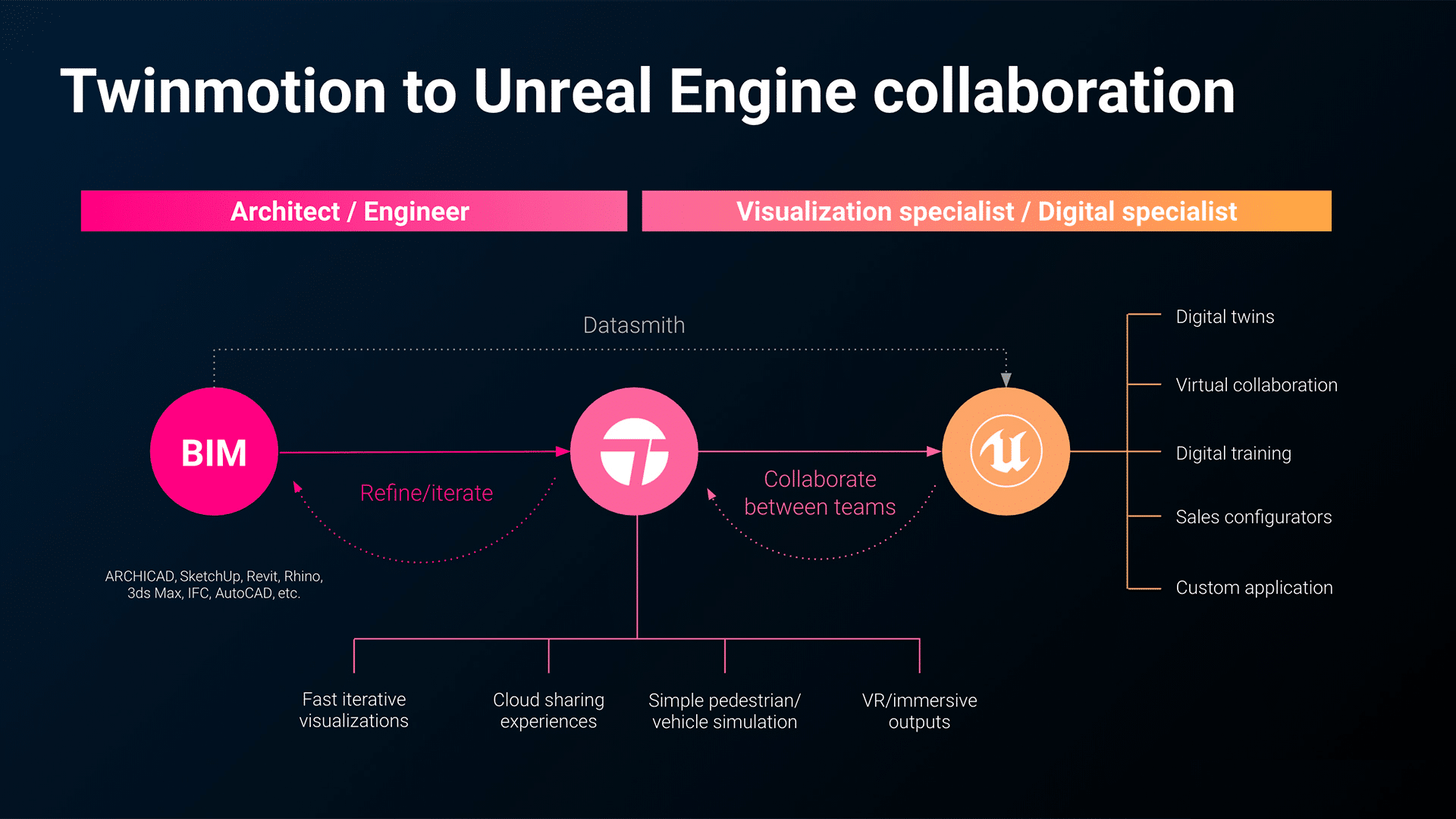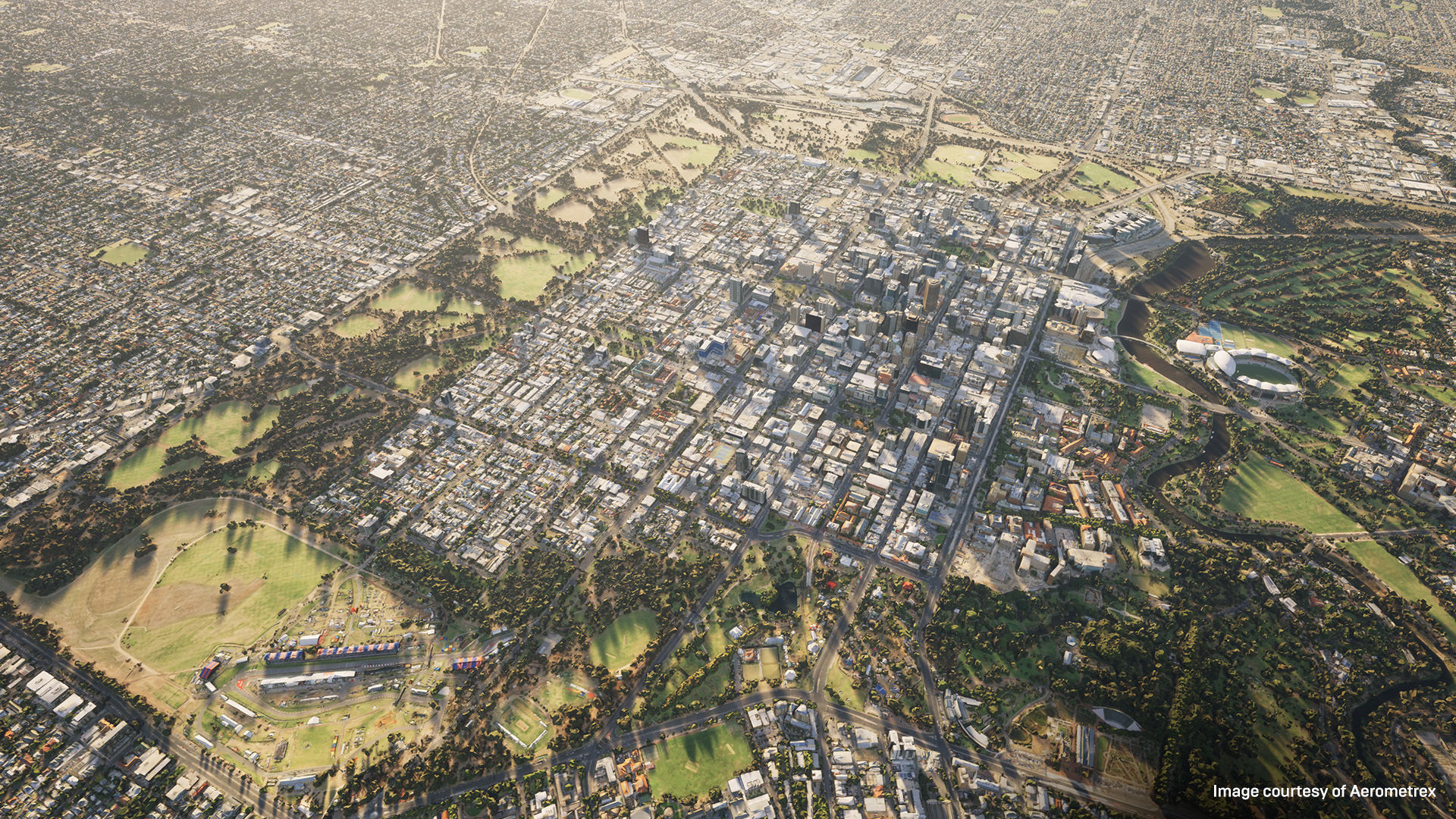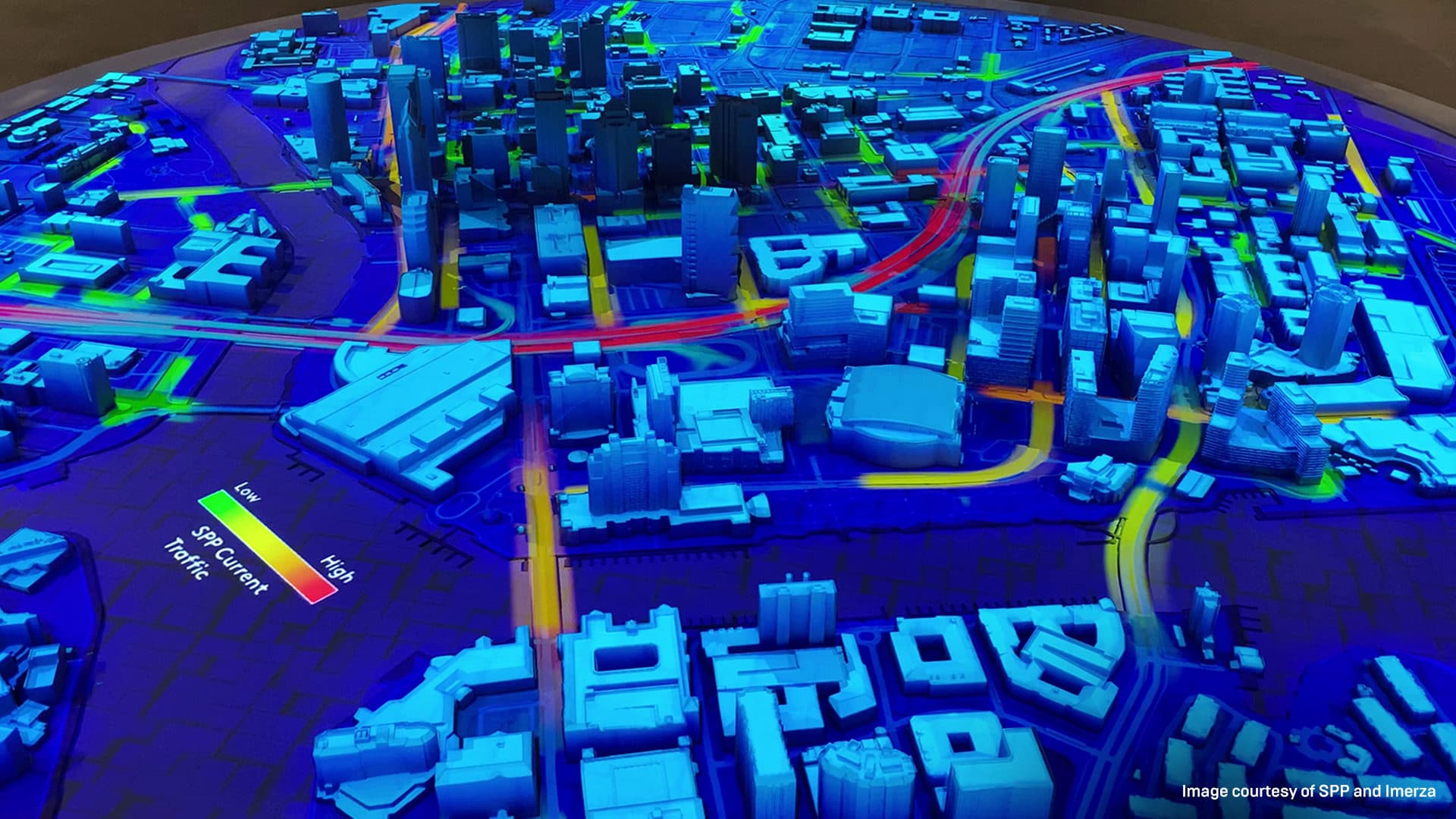A glimpse into the real-time ecosystem of Twinmotion and Unreal Engine
Twinmotion has come a long way since first released. Being part of Epic Games now, it offers a real-time ecosystem for building a better-connected architectural pipeline – Twinmotion and Unreal Engine combined
The architecture, engineering, and construction (AEC) industry have a data problem. Taking a design from idea to reality involves a boatload of different disciplines. Architects, landscape designers, interior designers, engineers, consultants, suppliers, and manufacturers often need to collaborate to bring a project to fruition.
The process has not been designed with one single, streamlined pipeline in mind. Instead, each discipline is a silo, requiring specialist software that outputs different file types. This results in an archipelago of workflows that are isolated from one another.
Smoothly moving data along the pipeline involves lengthy, sometimes hit-and-miss conversion processes, across which information can be lost. And that makes effective, stress-free collaboration difficult.
Epic Games has been looking at ways to open out the architectural pipeline and remove these silos. It’s developed an internal ecosystem of tools and asset libraries to help create a more joined-up working workflow.
What’s more, a host of Unreal Engine plugins has been developed by third parties that unlock key AEC workflows, from the development of digital twins and open worlds to rich, immersive experiences that mix point cloud data with CAD and BIM models.
Real-Time Tools for AEC
In recent years, AEC visualization specialists have leveraged Epic Games’ Unreal Engine to create photoreal visuals and real-time immersive experiences. Similarly, the company’s fast and easy-to-use real-time rendering offering Twinmotion is rapidly gaining a reputation as the tool of choice for architects looking to quickly produce high-quality images, animations, and even VR experiences.
Epic’s vision is for a more connected architectural design pipeline, eliminating frustrating dead ends, miscommunication, and the need to redo work in multiple packages. With that in mind, Epic Games has already started to facilitate easier ways to move data between the Epic family tools and between those tools and popular external CAD and BIM packages.
Twinmotion has been designed with people from a non-technical background in mind, like architects and designers. The idea is that anyone can easily pick up the tool and get to grips with it quickly, without having to invest hours and hours learning CG workflows.
Everything about it has been designed for speed and ease of use. That includes bringing a model into the tool in the first place. You can achieve this in one click from a range of the most-used BIM and CAD modeling software such as Archicad, Revit, SketchUp Pro, RIKCAD, and Rhino.
Once in Twinmotion, it’s easy to quickly build a scene by dragging and dropping lights, materials, and props, then changing the season and the weather, or even adjusting the growth of trees by simply dragging a slider.
From there, it only takes seconds to create simple images, panoramas, standard and immersive 360° videos, VR experiences, and shareable lightweight interactive presentations. All from the same scene. Because it’s so easy to use, anyone can work with Twinmotion to develop a basic idea.
Twinmotion to Unreal Engine
The new Twinmotion to Unreal Engine Importer plugin (currently in beta) enables teams further along the pipeline to take a scene from Twinmotion into Unreal Engine to leverage the advanced feature set the engine offers.
Because the importer means Twinmotion is no longer a closed loop, all of a sudden, a whole world of possibilities opens up for the scene you’ve created. Everything, including digital twins, virtual collaborative platforms, XR experiences, immersive sales configurators, and more, becomes possible.
Take a scene from Twinmotion into Unreal Engine, and you have limitless possibilities.
The missing part of the puzzle is Quixel. Since Epic Games joined forces with Quixel Megascans, users of both Twinmotion and Unreal Engine have had free access to the highest-quality 3D scans on the market.
That’s put thousands of photorealistic assets at the fingertips of architects and designers who can use them to populate and enrich ArchViz scenes.
Conveniently, Epic has webinar recordings explaining how to use Quixel Megascans in Unreal Engine and how to get up and running with Megascans in Twinmotion.
An Ecosystem of Real-Time AEC Plugins
Opening out the architectural pipeline for day-to-day CAD and BIM workflows is one thing. But tantalizingly, an entire ecosystem builds up around Unreal Engine beyond this, unlocking a world of creative possibilities. The ability to use these plugins, or create their own, means firms and companies can build their ecosystems around their workflows.
Digital Twins
Digital twins help designers, architects, engineers, and other stakeholders visualize structures in ways never before possible. Several companies are developing plugins for Unreal Engine that facilitate digital twins’ development, including Spatial Flow. Founded by video game industry veterans in 2014, Spatial Flow has become a leader in data visualization technology and Unreal Engine’s expertise. You can use its Datasculpt platform for creating digital twins and other live, immersive, data-powered visualizations from IoT data.
Open Worlds
Digital twins have the power to help us combat some of the biggest challenges we face in the coming years regarding population growth, urbanization, and climate change. You’ll be able to facilitate accurate digital twins of actual cities, or in the future, even whole countries through the creation of virtual worlds based on real-world GIS data.
Cesium is a platform for building 3D geospatial applications. It’s developing an open-source plugin that will be available for free on the Unreal Marketplace as of March 30, 2021.
Cesium for Unreal will connect Unreal Engine to the Cesium ion SaaS platform for ready-to-use 3D tiles of terrain and 3D buildings. That and providing pipelines for generating 3D tiles from source data such as terrain, imagery, and photogrammetry models. It will be the first time a full-scale, high-precision 3D globe will be plugged into a leading game engine, opening a world of possibilities for Unreal Engine users.
Supplier of GIS mapping software Esri has just released Vitruvio for Unreal Engine, a plugin that enables Unreal Engine users to generate vast cities and complex buildings within seconds. Vitruvio brings the procedural power of ArcGIS CityEngine to Unreal Engine. It works by reading the rule packages (RPKs) that CityEngine compiles and then letting you change the parameters that drive building generation from within Unreal Engine, either in-editor or at run time. A single RPK can be as complex or as simple as you wish.
Point Clouds
Laser scanning not only helps to capture a highly accurate snapshot of a building’s as-built condition, but it also enables comparisons to be made during construction between the as-built and the design intent (from a BIM or CAD model), helping to minimize costly errors.
Unreal Engine has a fast-growing number of plugins that enable users to leverage point cloud data from laser scanners. These include an offering from Cintoo, a company at the convergence of laser scanning and digital twins. Cintoo has a new cloud-client solution under development that will enable mesh-based laser scans to be streamed from the cloud directly into Unreal Engine. The idea is to create “rich, immersive experiences” that mix as-built scan data with as-designed CAD and BIM models to address QA/QC workflows for construction.
The New Architectural Pipeline
AEC professionals deserve a break. Struggling to work with tools that don’t play well together is frustrating. Fortunately, it no longer has to be that way. The technology exists, and more importantly, so does the mindset to facilitate a more open and connected way for the AEC disciplines to work together. With Epic Games’ internal ecosystem of Unreal Engine, Twinmotion, and Quixel, plus the broader ecosystem of innovative plugins around them, AEC firms have what they need to build a seamless, open architectural pipeline.
You can download Unreal Engine for free, get an unlimited free trial of Twinmotion, and start exploring the plugins available for Unreal Engine in the Unreal Marketplace.
Cover image by Neoscape.


















Start the discussion at talk.ronenbekerman.com